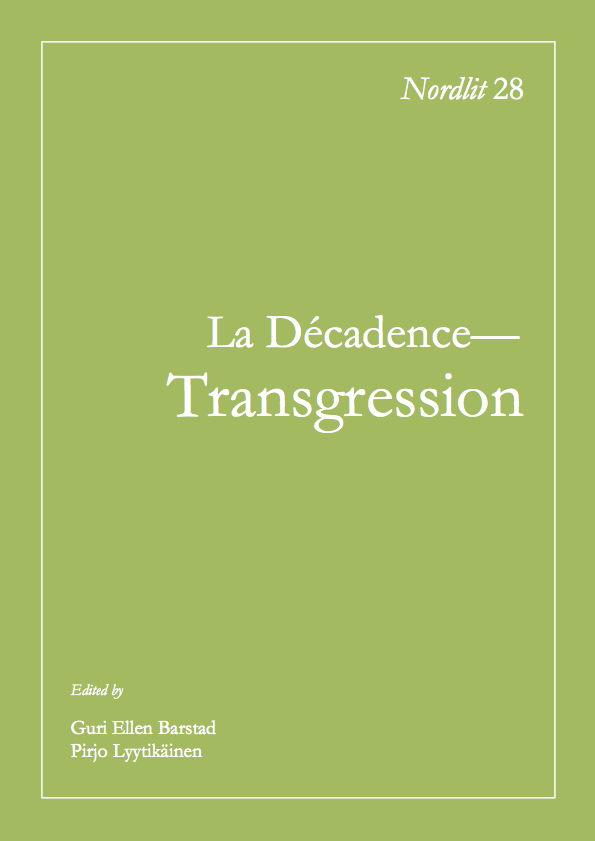“Jeter à la face de son siècle le plus excessif outrage" La critique d'art de Joris-Karl Huysmans, une démarche décadente
DOI:
https://doi.org/10.7557/13.2041Keywords:
Joris-Karl Huysmans, critique d’art, décadence, transgressionAbstract
Although Joris-Karl Huysmans is mostly known for his famous novel À Rebours (1884), his first steps as a writer were made in art criticism, with an article published in La Revue mensuelle about the landscape painters at the Exposition Universelle that took place in Paris in 1867. From then on, his work as an art critic often echoed his novels, expressing the same views on aesthetics and civilisation. This article discusses to what extent Huysmans's art criticism during the eighteen-eighties comes under the Decadence and an aesthetic of transgression, as well as À Rebours does. Indeed, the art critic promotes a renewal of French painting which would transgress all the prevailing policies. Furthermore, Huysmans himself breaks the laws in various ways: he violates aesthetic rules by blaming academism and standing up for independent painters; he oversteps moral boundaries asserting that art has nothing to do with morality; he infringes social standards by satirizing the bourgeoisie. On numerous occasions, Huysmans uses the transgressive power of humour to show his contempt for the constraints of tradition and his hatred toward his time.Downloads
Published
2012-03-26
How to Cite
Jeannerod, Aude. 2012. ““Jeter à la face de son siècle le plus excessif outrage" La critique d’art de Joris-Karl Huysmans, une démarche décadente”. Nordlit, no. 28 (March):1-11. https://doi.org/10.7557/13.2041.
Issue
Section
Articles









